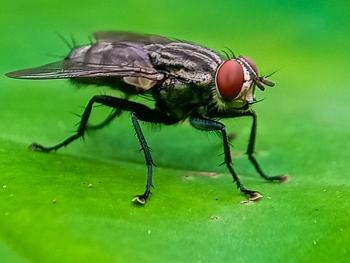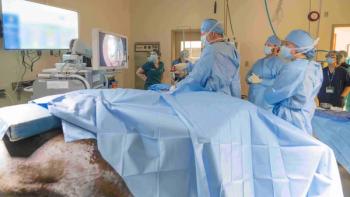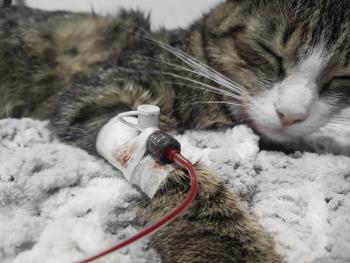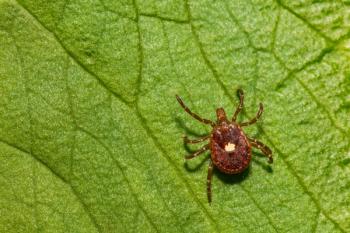
Inside the challenges of feline dystocia
A new study aims to improve understanding of occurrence and management of the condition
Dystocia affects 3% to 8% of purebred feline pregnancies and is harder to estimate in nonpedigree cats. It poses risks to both queens and kittens, with higher kitten mortality than natural births. The causes and treatments are poorly understood, and current guidelines often mirror canine medicine. Diagnosing dystocia in cats is challenging because of the wide variation in labor duration and frequent unplanned pregnancies, making due dates uncertain. Prior studies are limited and rarely assess kitten outcomes.
Acta Veterinaria Scandinavica recently published a study that investigates the occurrence and management of dystocia in cats, based on an evaluation of 111 cases treated for the condition at a Swedish animal hospital, from 2017 to 2024. The study confirms that feline dystocia is associated with high kitten mortality but low mortality in queens.
This retrospective study describes feline dystocia cases by examining hematology, serum biochemistry, and diagnostic imaging findings. Additionally, the study aimed to compare the outcomes of various treatments and assess kitten mortality in relation to factors linked to feline dystocia.
The study highlights that most feline dystocia cases are maternal in origin, with uterine inertia being the leading cause. Despite high kitten mortality, often because of stillbirths occurring before treatment, queen survival rates remain high. The fact that many deaths occurred before veterinary care suggests that complications likely began early in labor. Surgical intervention, particularly cesarean delivery (CD), was commonly performed. Ovariohysterectomy was more frequently performed in queens with a history of CD, suggesting a risk of recurrence.
Additionally, the study found that maternal hyperglycemia was associated with increased kitten mortality, likely reflecting stress rather than endocrine disease, while maternal anemia showed no significant impact. Hypocalcemia contributed to dystocia in a minority of cases. Although medical treatment had low overall success, it showed promise in some nonobstructive cases, especially when fewer than 3 fetuses remained. Treatment with calcium, alone or in combination with oxytocin, was effective even in normocalcemic queens, suggesting benefits beyond correcting hypocalcemia by enhancing uterine contractility. Although diagnostic imaging is crucial for a reliable diagnosis in managing dystocia, the study showed that ultrasound can overestimate fetal death, particularly in stressed queens.
The study also found that Ragdolls and British short- or longhair cats were the most represented pedigree breeds among dystocia cases. However, their high numbers may simply reflect their popularity in Sweden rather than a true predisposition to dystocia. Therefore, it remains difficult to assess true dystocia risk by breed because of limitations in data reliability and population distribution.
Overall, the study provides valuable clinical insights into the management of feline dystocia and offers important guidance for reproductive planning. Investigators suggest breeders should be advised of the long-term reproductive risks associated with queens that have experienced dystocia. Clinicians should anticipate and be prepared for surgical intervention while recognizing the potential role of medical treatment in select cases. Timely assessment and prompt decision-making are important to minimize fetal and maternal complications.
Additionally, clinicians should interpret diagnostic imaging with caution and consider repeat imaging or integrating additional diagnostics, according to investigators. These insights contribute to a more informed, evidence-based approach to managing this challenging and often urgent condition in feline practice.
Nicole Naporowska is a 2025 PharmD candidate studying veterinary medicine at the University of Connecticut in Storrs.
Reference
Axnér E, Jakobsson J, Vermelin T, Hermansson U. A retrospective study on dystocia in the cat, evaluation of 111 cases. Acta Vet Scand. 2025;67(1):20. doi:10.1186/s13028-025-00805-w
Newsletter
From exam room tips to practice management insights, get trusted veterinary news delivered straight to your inbox—subscribe to dvm360.




